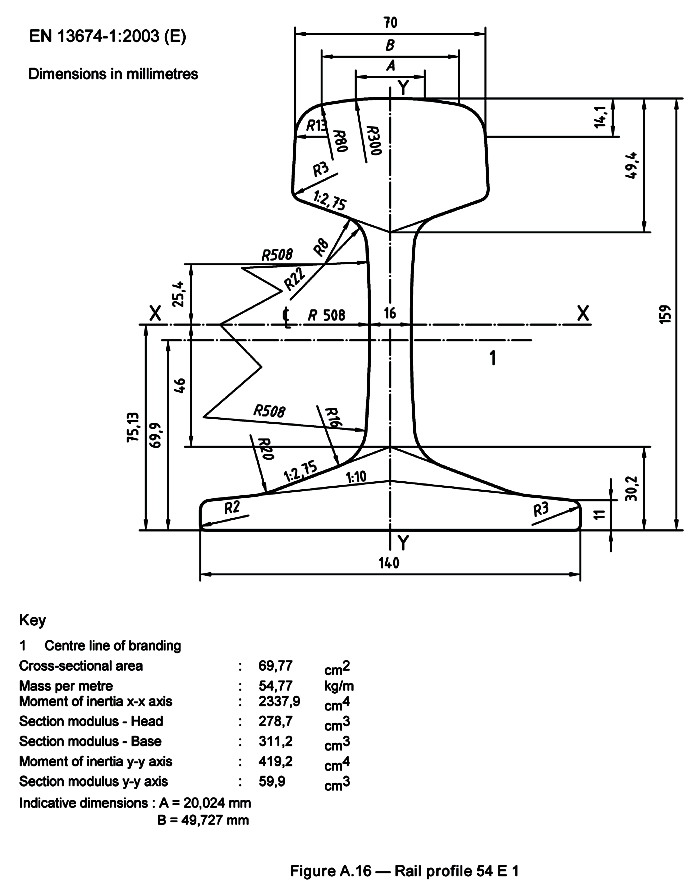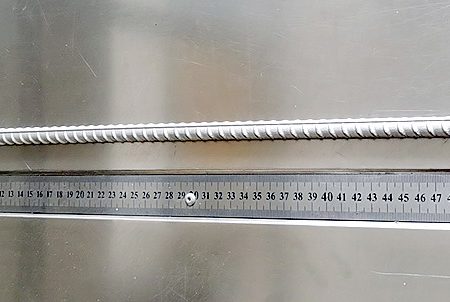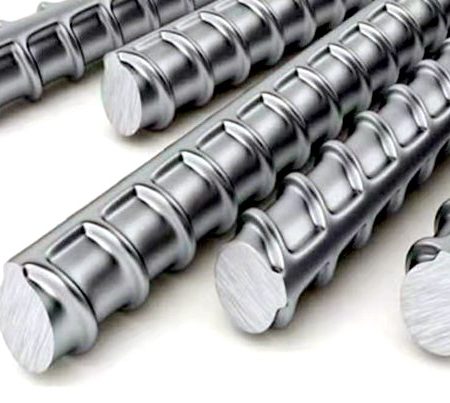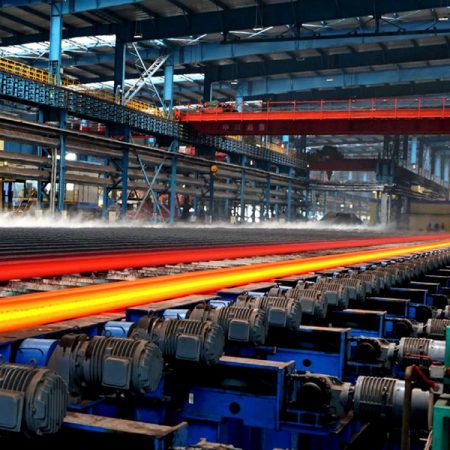Exploring the Robust and Versatile Brazil 54E1 Steel Rail
Introduction:
Brazil, a country known for its diverse landscapes and vibrant culture, is also a hub for industrial advancements and infrastructure development. Among the many materials and products that support its economic growth, the 54E1 steel rail stands out as a crucial component in the nation’s railway system. This article delves into the specifications, applications, and advantages of the Brazil 54E1 steel rail, a product that plays a vital role in the transportation sector of this South American area.
Specifications of Brazil 54E1 Steel Rail:

Brazil 54E1 Steel Rail
The 54E1 steel rail, also known as UIC54, is designed in accordance with the International Union of Railways (UIC) standard, which ensures compatibility and high performance within the global railway network. The rail profile has a nominal weight of 54 kilograms per meter, a width of 140mm, a height of 159mm, and a length that typically ranges from 12 to 25 meters, although custom lengths can be produced to meet specific project requirements.
The material composition of the 54E1 steel rail is formulated to achieve a balance between strength and flexibility. It’s crafted from high-quality steel that contains carbon, manganese, silicon, and other alloying elements. This composition imparts excellent mechanical properties, such as high tensile strength, good wear resistance, and the ability to withstand heavy loads and high-speed train traffic.
Applications and Advantages:
Brazil’s 54E1 steel rails are primarily used in heavy-haul and high-speed railway tracks. They are suitable for both passenger and freight lines, offering a reliable foundation for the fast-moving and weighty demands of modern rail transport. Their robust design makes them ideal for mainline tracks, metro systems, and industrial or mining sectors.
One of the significant advantages of the 54E1 rail is its durability. The steel’s wear resistance ensures a longer lifespan, reducing the need for frequent replacements and maintenance. This not only saves costs in the long run but also minimizes service disruptions on busy rail lines. Additionally, the UIC standardization allows for interoperability with international rail components, making it easier for Brazil to integrate its rail systems with those of other countries.
Another benefit is the rail’s resistance to extreme weather conditions. Brazil’s varied climate, ranging from tropical to temperate, demands infrastructure materials that can perform reliably under different environmental stresses. The 54E1 steel rail meets this challenge with its capacity to resist corrosion and maintain structural integrity in humid, dry, or fluctuating temperatures.
Conclusion:
The Brazil 54E1 steel rail is a testament to the country’s commitment to developing a robust and efficient railway infrastructure. With its strong specifications, wide range of applications, and numerous advantages, it is a key element in Brazil’s transportation network and a product that supports the nation’s continual growth and connectivity. As Brazil forges ahead in the global economy, the 54E1 steel rail will remain an indispensable ally in the movement of goods and people across this dynamic and diverse land.
We can supply the international standard flat bottom rails as below:







